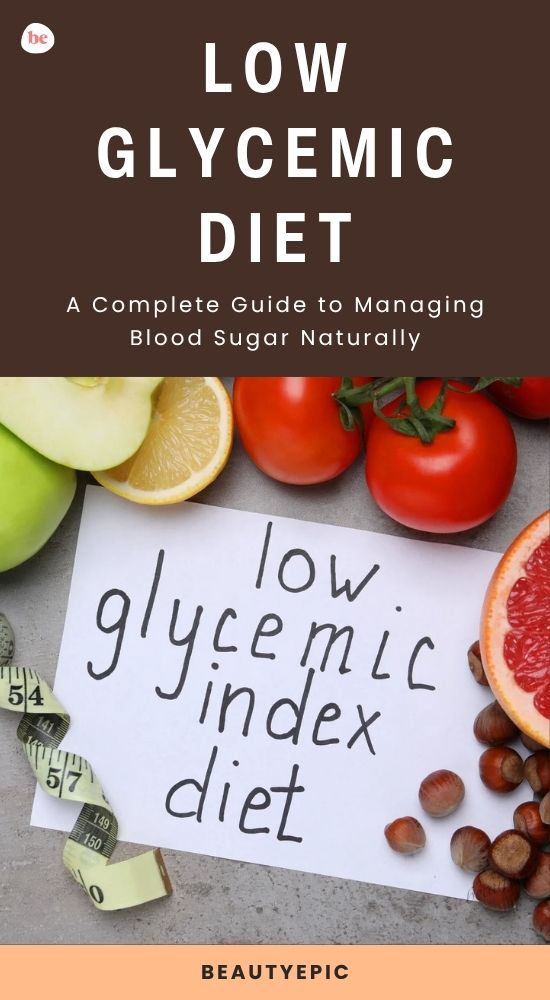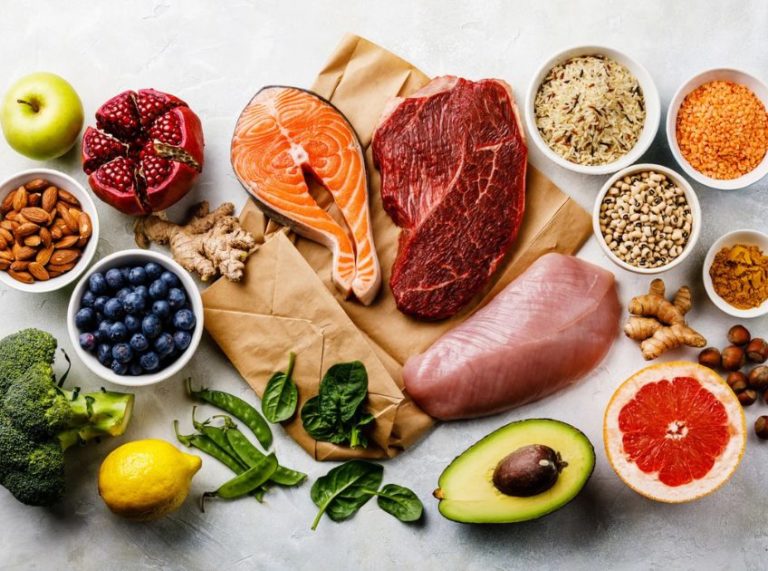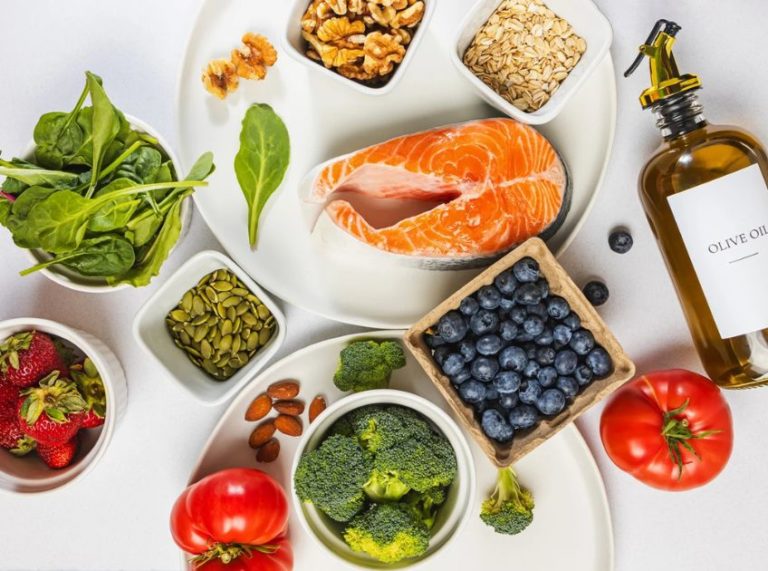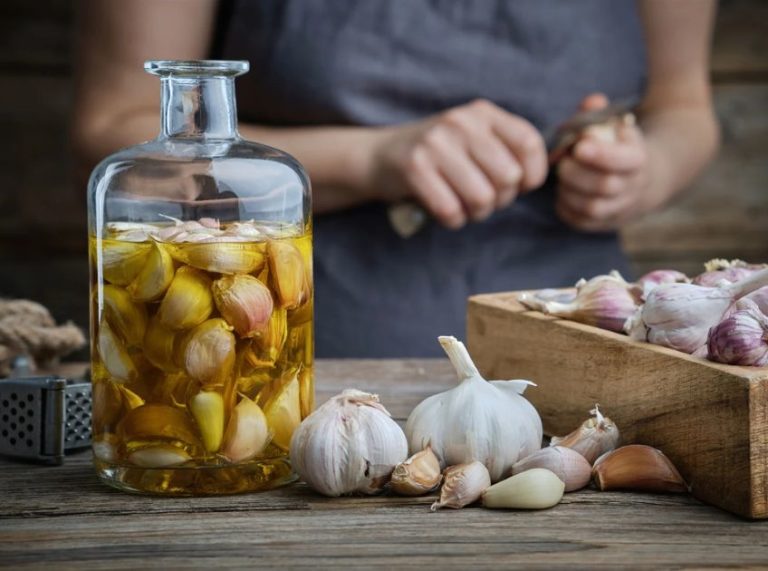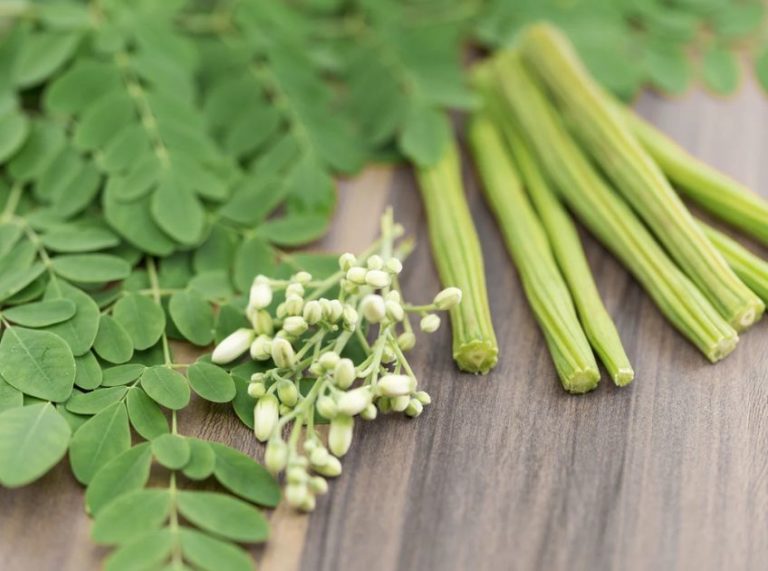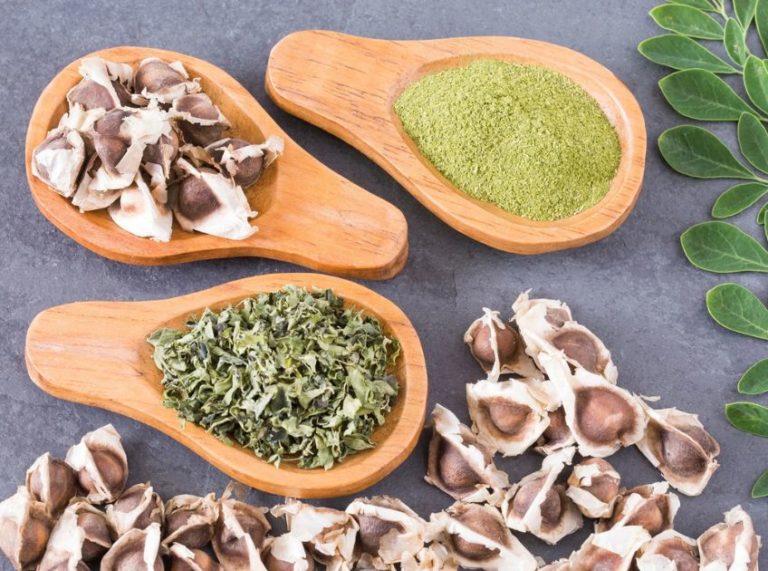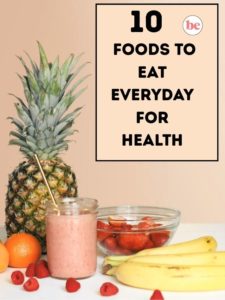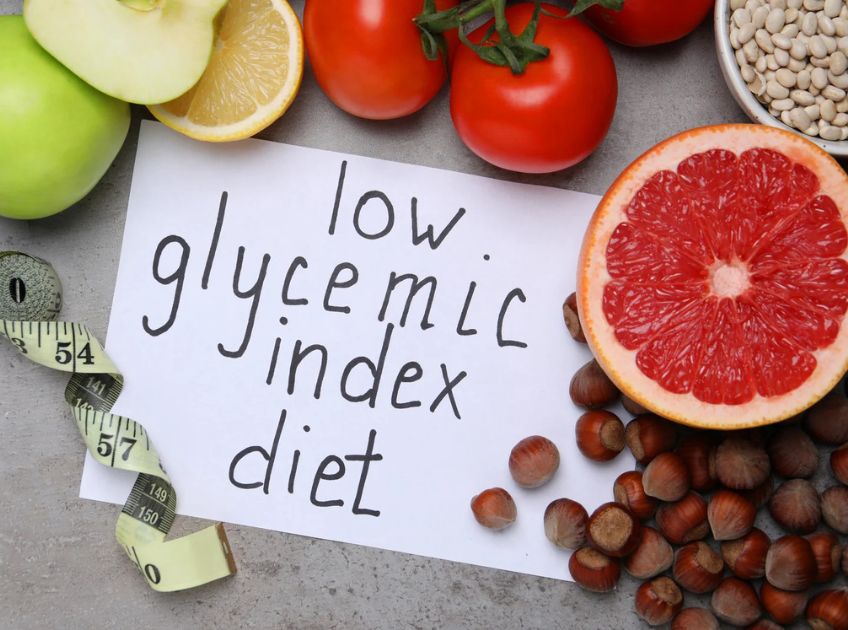
Important: This article is for informational purposes only. Please read our full disclaimer for more details.
With diabetes and metabolic disorders on the rise, more people are becoming conscious of how their food choices impact their blood sugar levels. One effective eating pattern backed by research is the low glycemic diet, which focuses on consuming foods that release glucose slowly into the bloodstream.
Unlike fad diets, this approach is scientifically supported and sustainable. By prioritizing low-GI foods, you can manage blood sugar, improve energy levels, support weight loss, and lower your risk of chronic diseases (1).
Article Contains
- Understanding the Glycemic Index (GI)
- Key Factors That Influence GI
- Glycemic Load (GL): A Smarter Metric
- Low-Glycemic Diet and Diabetes Management
- Foods to Include in a Low-Glycemic Diet
- Sample 1-Week Low-Glycemic Diet Plan
- Possible Drawbacks of a Low-Glycemic Diet
- Scientific Backing and Credibility
Understanding the Glycemic Index (GI)
The glycemic index (GI) ranks carbohydrate-containing foods on a scale of 0 to 100 based on how quickly they raise blood sugar after eating:
| GI Range | Category | Impact on Blood Sugar |
|---|---|---|
| 55 or less | Low GI | Slow and steady glucose release |
| 56–69 | Medium GI | Moderate impact |
| 70 or more | High GI | Rapid spike in blood sugar |
Low-GI foods include whole grains, non-starchy vegetables, legumes, and most fruits, while processed and refined carbs tend to rank higher.
Key Factors That Influence GI
The GI of a food isn’t fixed — several factors affect how quickly your body absorbs glucose:
- Fiber content → High-fiber foods, like oats and lentils, slow digestion and lower GI.
- Cooking methods → Boiled pasta has a lower GI than overcooked pasta.
- Food ripeness → Ripe bananas have a higher GI than green bananas.
- Fat and protein content → Adding healthy fats (like olive oil) or protein lowers the glycemic response.
- Food processing → Whole grains have a lower GI than refined grains.
Glycemic Load (GL): A Smarter Metric
While GI measures how quickly a food raises blood sugar, it doesn’t account for portion size. That’s where glycemic load (GL) comes in:
GL = (GI × Carbs per serving in grams) ÷ 100
- Low GL: 10 or less
- Medium GL: 11–19
- High GL: 20 or more
For example, watermelon has a high GI (~72) but a low GL (~4) due to its low carbohydrate content. Thus, GL offers a more practical approach when planning meals.
Low-Glycemic Diet and Diabetes Management
A low-GI eating plan can significantly improve blood glucose control, especially for people with type 2 diabetes and insulin resistance.
- A 2021 study published in the American Journal of Clinical Nutrition found that participants following a low-GI diet had better HbA1c levels and reduced insulin spikes compared to those on high-GI diets (2).
- Low-GI foods help prevent glucose surges and reduce the workload on the pancreas.
By stabilizing blood sugar, this diet also helps lower the risk of diabetes-related complications like heart disease, kidney damage, and nerve issues.
Other Proven Benefits of a Low-Glycemic Diet
Beyond diabetes management, research shows several additional health benefits:
- Supports weight loss: Low-GI foods keep you fuller for longer, reducing cravings.
- Improves heart health: Diets rich in low-GI foods are linked to lower LDL cholesterol and triglycerides.
- Enhances energy levels: Stable blood sugar translates to fewer energy crashes.
- Reduces inflammation: Antioxidant-rich low-GI foods may help reduce chronic inflammation.
Foods to Include in a Low-Glycemic Diet
1. Whole Grains
- Quinoa, barley, bulgur, brown rice, steel-cut oats
- Choose less processed grains for slower digestion
2. Fruits
- Apples, pears, cherries, oranges, plums, apricots
- Always prefer whole fruits over juices for added fiber
3. Vegetables
- Broccoli, spinach, zucchini, cauliflower, kale
- Non-starchy vegetables have very low GI scores
4. Legumes
- Chickpeas, lentils, kidney beans, black beans
- High in fiber and protein, excellent for glucose control
5. Protein and Healthy Fats
- Eggs, fish, lean poultry, nuts, seeds, olive oil, and avocado
- Pairing these with carbs lowers the overall glycemic response
Foods to Limit or Avoid
- Refined grains: White bread, pasta, and pastries
- Sugary snacks: Candies, cookies, and packaged desserts
- Sweetened beverages: Soda, sweetened juices, and energy drinks
- Highly processed cereals: Instant oatmeal, cornflakes, and sugary granola
Sample 1-Week Low-Glycemic Diet Plan
| Day | Breakfast | Lunch | Dinner | Snack |
|---|---|---|---|---|
| Mon | Steel-cut oats + berries | Lentil salad | Grilled salmon + broccoli | Apple slices + peanut butter |
| Tue | Greek yogurt + chia seeds | Quinoa bowl + chickpeas | Chicken stir-fry + zucchini | A handful of almonds |
| Wed | Veggie omelet | Black bean wrap | Baked fish + spinach | Fresh cherries |
| Thu | Smoothie with spinach, kiwi, and flax | Chickpea salad | Turkey breast + cauliflower mash | Greek yogurt |
| Fri | Barley porridge + sliced pear | Brown rice + lentils | Grilled tofu + kale | Apricot slices |
| Sat | Whole-grain toast + avocado | Tuna salad | Chicken curry + quinoa | A few walnuts |
| Sun | Cottage cheese + strawberries | Veggie soup + mixed beans | Roasted turkey + green beans | Plums |
Healthy Low-GI Snack Ideas
- Carrot sticks with hummus
- Cucumber slices with Greek yogurt dip
- Trail mix with unsweetened dried fruits and nuts
- Apple slices with almond butter
- Chia pudding with unsweetened coconut milk
Possible Drawbacks of a Low-Glycemic Diet
While generally safe and beneficial, there are a few considerations:
- Learning curve: Requires understanding GI and GL values.
- Over-restriction risk: Some high-GI foods (like watermelon) are still healthy in moderation.
- Individual responses vary: People may react differently based on metabolism, medications, or health conditions.
Always consult a registered dietitian or healthcare provider before making major dietary changes, especially if you’re managing diabetes or other chronic illnesses.
Scientific Backing and Credibility
Numerous studies support the benefits of a low-GI eating plan:
- A meta-analysis in Diabetes Care concluded that low-GI diets significantly improve long-term glycemic control.
- Research from the University of Sydney’s Glycemic Index database highlights how choosing lower-GI foods can reduce the risk of type 2 diabetes (3).
- The American Diabetes Association recommends low-GI foods as part of a balanced eating pattern for blood sugar management (4).
Frequently Asked Questions (FAQ’S)
1. Is a low glycemic diet suitable for weight loss?
A. Yes. Low-GI foods keep you full for longer, helping reduce calorie intake and manage cravings naturally.
2. Can I still eat desserts on a low-GI diet?
A. Yes, in moderation. Opt for low-GI sweeteners like stevia or monk fruit and use whole-grain flours when baking.
3. Is this diet safe for people without diabetes?
A. Absolutely. A low-GI eating pattern benefits overall health by reducing inflammation, improving heart health, and promoting sustained energy.
A low glycemic diet isn’t about strict rules — it’s about making smarter food choices. By focusing on low-GI and low-GL foods, you can stabilize blood sugar, boost energy, support weight management, and protect against chronic diseases.
Start by making small swaps: replace white rice with quinoa, soda with sparkling water, and candy with a handful of cherries. Over time, these changes can make a huge difference to your overall health and well-being.
